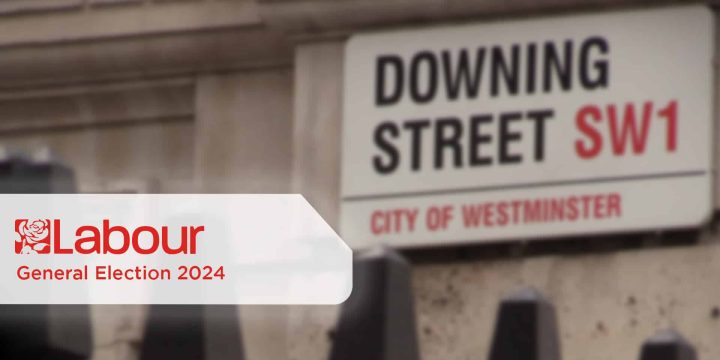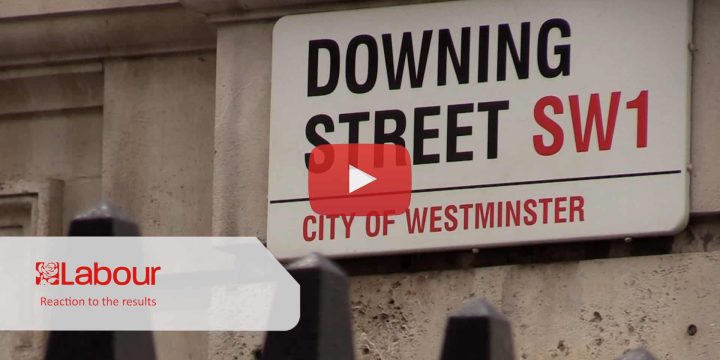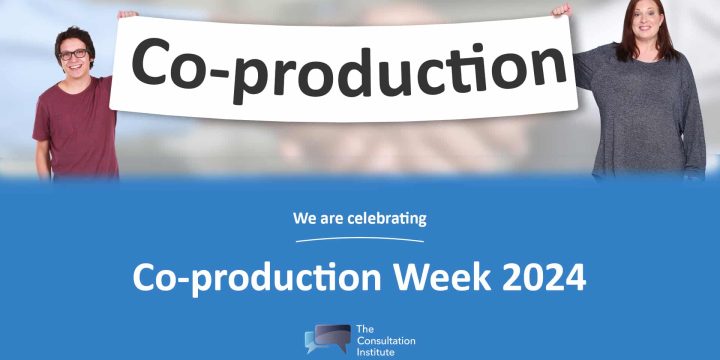There are no two ways about it—COVID-19 and our lived experience of lockdown created a rapid switch to online public consultation. Some people, perhaps a source of pent-up demand, were ready for this and jumped in with two feet. Other people were more reluctant and ended up doing public consultation in ways more within their comfort zones, pining for the familiar face-to-face methods of engagement.
So where have we ended up? Well, at this point, it’s impossible to go back to where we were before: when online community engagement was an afterthought with a mere brochure website and a tokenistic survey. However, a resurgence of face-to-face conversations and deliberation is already starting to happen as pandemic precautions become less strict. Some human beings simply like to be together. It seems the phrase to capture this new phenomenon is blended public consultation or blended engagement.
What might blended public consultation look like in practice? Here are seven elements I’d expect to see, as a way to help to kick-start this important conversation.
The integral parts of blended public consultation
1. Mixed dialogue methods
The ingredients of a blended consultation will include both the traditional e.g. public meetings and workshops and the now more familiar range of online dialogue methods e.g. online forums, mapping tools, ideas boards, and surveys. A public consultation that only relies on an online survey for its digital element will not constitute a blended approach.
2. Continuous conversations
By integrating more online engagement with face-to-face approaches, a blended approach will allow for more continuous conversations. When people attend a public meeting or participate in a focus group, they should be able to visit your online consultation platform and carry on the conversation. This might happen between events or after events. If people register before attending a public meeting, they may be able to learn up on the issues beforehand and ask questions of experts and other community members. Blended community engagement is more sticky, more continuous, and people are able to dip in and out.
3. Online Public Meetings
Love them or hate them, public meetings are here to stay. However, in a blended world of public consultation, many more will be online. So expect to see online meetings evolving and getting better as part of our new world. There will be an expectation that face-to-face meetings will be recorded and placed online for people to carry on the conversation (see no. 2).
4. Synchronous + Asynchronous = Better Public Consultation
In the offline world, people had to attend a consultation event at a certain time and place (synchronous engagement). However, when the conversation is taken online, this is not required. In asynchronous dialogue, people can dip in and out at their own pace, from the comfort of their home, cabin, or commute. A blended approach will make use of more asynchronous online methods to make consultation more accessible, convenient, and to better reflect how people live their lives today. But, there will be occasions when the community needs to be in the same place at the same time for an effective consultation. This is okay too.

Build it and they will come. No, they won’t! With more online participation, more effort will be needed to make people aware of the consultation, to let residents know how to participate, and to encourage them to keep coming back. Sophisticated email campaigns, participant databases, notifications, newsletters, and social media will play a much bigger part in increasing engagement rates as part of a blended public consultation (and more inclusive).
6. Accessible Public Consultation
For blended community engagement, more attention needs to be paid to digital inclusion and exclusion. It is important that the digital aspects adhere to website & mobile app accessibility regulations. However, it’s also important to be mindful of digital poverty by providing different types of online experiences for people who may not frequent the internet as much as others. At the same time, blended engagement can also make public consultation more inclusive because it is asynchronous and fits around people’s busy lifestyles. It does not require people to attend face-to-face meetings on a cold February evening, etc.
Remember, it is said that 75% of the population suffer from glossophobia, the fear of public speaking. For many, online engagement is a great option for participating in public debate. Indeed, a recent evaluation (Evaluation of Climate Assembly UK) found that the quality of deliberation in the online sessions of Climate Assembly UK was superior to the in-person sessions.
7. Safe Place for Public Discourse
Face-to-face conversations tend to be hosted in safe places for public debate, in a community centre a consultation bus, etc. There, people sign in and then they are assisted by facilitators to understand the rules of participation, and so on. In a blended approach, these same principles need to be applied to online environments and people ought to be signposted to a safe, moderated, publicly managed online platform for participating in the public consultation process. Note: this is so different from social media!
And there’s more…but seven is enough for now and, hopefully, this will start an interesting conversation about the key elements of a blended approach to (digital and face to face) public consultation. Want to see an online public consultation platform in action? Watch a 4-min demo.




